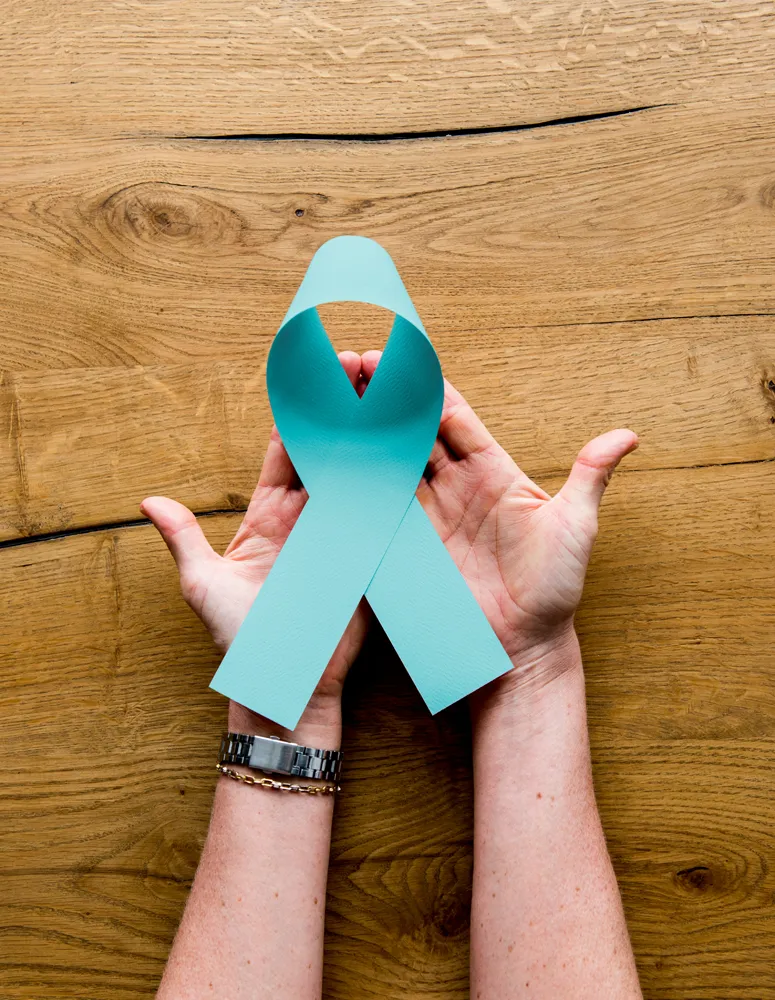Breast cancer: Yes, men can get it too
What men (and the women who love them) should know
When most people hear the word “breast cancer,” they instinctively think of women. However, men can also develop breast cancer. Though it’s much rarer, male breast cancer is real, and the earlier it’s detected, the better the chances of successful treatment.
Oct. 17-23, 2024, is male breast cancer awareness week. As a dermatologist and wellness advocate, I believe that knowledge is the most important tool we have in fighting any illness, including male breast cancer. In this post, I’ll walk you through everything you need to know about this condition, including risk factors, symptoms, and prevention strategies.
Understanding male breast cancer
Male breast cancer occurs when malignant cells form in the breast tissue of men. Although men do not have breasts like women, they have a small amount of breast tissue where cancer can develop. Men of any age can develop breast cancer, but it is most common in older men, typically between the ages of 60 and 70. According to the American Cancer Society, male breast cancer accounts for less than 1% of all breast cancer cases.
Key risk factors for male breast cancer
Just like with any cancer, understanding the risk factors can empower us to be more proactive about our health. According to the American Cancer Society, the key risks for male breast cancer are:
- Age: The risk increases with age, particularly for men over 60.
- Genetics: A family history of breast cancer significantly raises the risk. Men with BRCA1 or BRCA2 gene mutations have a higher chance of developing breast cancer, just like women with these mutations.
- High estrogen levels: High levels of estrogen, whether naturally occurring or due to treatments, can increase a man’s risk. Conditions like Klinefelter syndrome (where men have extra X chromosomes) are associated with higher estrogen levels and a higher risk of male breast cancer.
- Radiation exposure: Prior radiation therapy to the chest can increase the risk of developing breast cancer later in life.
- Liver disease: The liver helps regulate hormone levels, so liver diseases like cirrhosis can result in an imbalance that raises estrogen levels in men.
- Obesity: Being overweight can lead to higher estrogen levels, which, in turn, may increase the risk of breast cancer in men.
Symptoms to be aware of
Early detection is key to successful treatment, so being aware of the symptoms is critical. Many men don’t realize that breast cancer can happen to them, so they often ignore the warning signs. If you notice any of these symptoms, don’t hesitate to see your doctor:
- Lump or swelling in the breast: The most common symptom is a painless lump or thickening in the breast tissue.
- Changes to the skin: This could include dimpling, puckering, redness, or scaling of the skin around the breast or nipple area.
- Nipple abnormalities: Watch for changes like retraction (the nipple turning inward), discharge (clear or bloody), or soreness.
- Swollen lymph nodes: Swelling of lymph nodes under the arm or around the collarbone can be a sign that the cancer has spread.
Remember, many of these symptoms can be caused by other conditions, so if you experience them, it doesn’t necessarily mean you have cancer—but it’s always better to check.
Diagnosis and treatment
If you experience symptoms, your doctor may recommend diagnostic tests, such as a mammogram or biopsy. A biopsy is the only definitive way to diagnose breast cancer.
Treatment for male breast cancer is very similar to treatment for women. It may include:
- Surgery: The most common surgical treatment for male breast cancer is a mastectomy, which involves removing the breast tissue, and sometimes the surrounding lymph nodes.
- Radiation therapy: Often used after surgery to destroy any remaining cancer cells.
- Chemotherapy: This is typically recommended for cancers that have spread or are considered high-risk.
- Hormone therapy: Because many male breast cancers are hormone receptor-positive, hormone therapy can block the hormones that fuel cancer growth.
- Targeted therapy: For men with HER2-positive breast cancer, drugs that specifically target the HER2 protein can be effective.
Prevention and proactive health
While there’s no guaranteed way to prevent breast cancer, taking steps to reduce risk factors can help. Here’s what I recommend:
- Know your family history: If male breast cancer or other cancers run in your family, consider genetic counseling and testing, especially for BRCA mutations.
- Maintain a healthy weight: Reducing excess body fat can help lower estrogen levels and the associated risk of breast cancer.
- Limit alcohol consumption: Heavy drinking is linked to a higher risk of breast cancer in men, so moderate alcohol intake is advised.
- Get regular checkups: Men are less likely than women to see a doctor for annual check-ups. I encourage men to incorporate regular doctor visits into their self-care practices. And especially if you have risk factors or notice any unusual changes in your breast tissue, don’t hesitate to see a healthcare provider for regular exams or screenings.
- Manage health conditions: Address underlying conditions like liver disease or hormone imbalances that could contribute to elevated breast cancer risk.
Final thoughts
Male breast cancer may be rare, but it’s a serious condition that men—and the women who love them—should be aware of. By knowing the risks, recognizing the symptoms, and seeking early treatment, we can improve outcomes and even save lives. If there’s one takeaway from this post, it’s this: Don’t ignore changes in your body. Your health is your greatest asset—treat it with the care it deserves.
That’s #ModernWellness!
